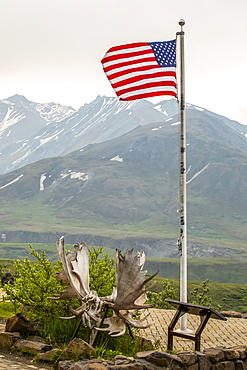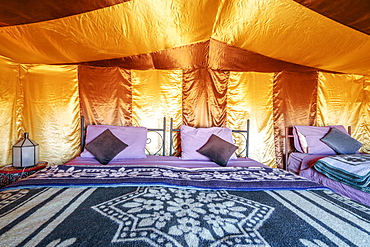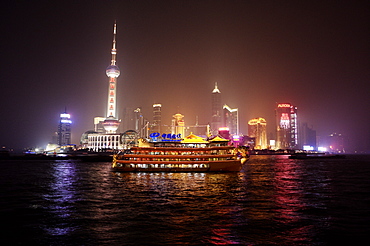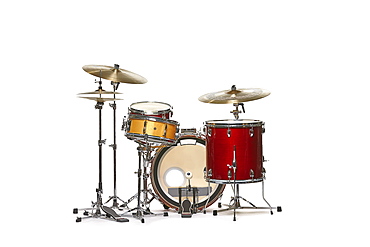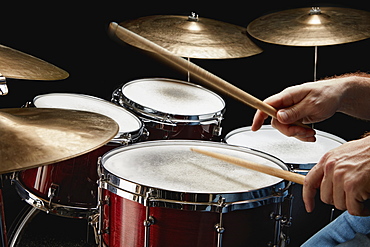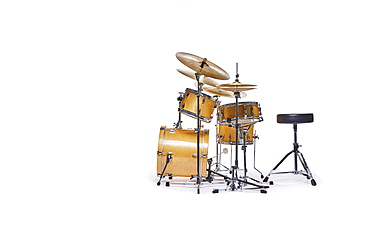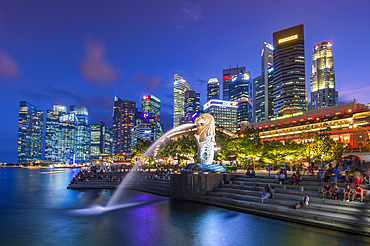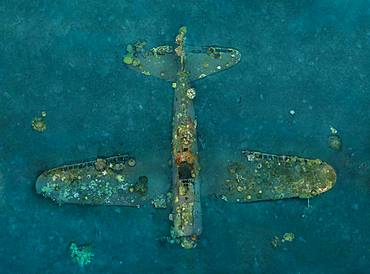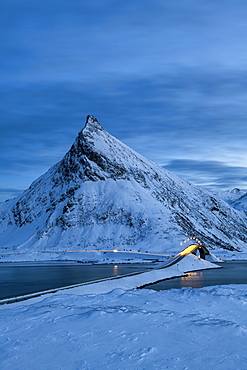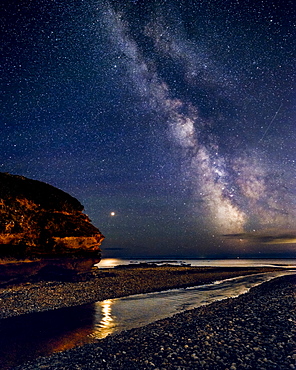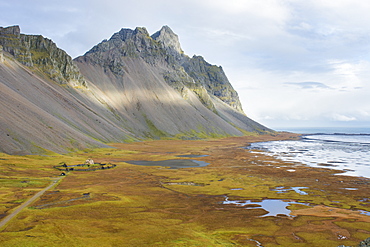Recent searches
Loading...
1178-34687 - Caucasian couple playing on swing set
1178-34688 - Caucasian couple playing on swing set
832-391393 - Elegant dinner setting abstract macro background
1350-161 - The Sun setting into a pall of forest fire smoke over Alberta from fires in B.C. and elsewhere, on August 17, 2018. This shows the dimming and reddening of the Sun as it set, with it disappearing from view long before it reached the horizon.
1350-168 - The California Nebula in Perseus, aka NGC 1499, in a set of guided exposures taken January 5, 2018 from home.
1350-1728 - Castell y Bere, Dysynni Valley, Gwynedd, Wales
1350-89 - The Horsehead Nebula, B33, below the Belt of Orion and the star Alnitak, along with the bright Flame Nebula, NGC 2024, to the left of Alnitak. Many other bright reflection nebulas populate the field, such as NGC 2023 just left of the Horsehead itself. The quintuple star system Sigma Orionis is right of the Horsehead. The dark Horsehead is set against the bright streak of the emission nebula IC 434.
1350-160 - The Sun setting into a pall of forest fire smoke over Alberta from fires in B.C. and elsewhere, on August 17, 2018. This shows the dimming and reddening of the Sun as it set, with it disappearing from view long before it reached the horizon.
1350-105 - The spectacular field of Messier 8 and 20 emission and reflection nebulas in Sagittarius, with M8, aka the Lagoon Nebula below, and M20, the Trifid Nebula, above, all set in the rich starfields of the Milky Way. The diffuse nebula left of M8 is NGC 6559. Two globular clusters, NGC 6544 and NGC 6553, sit below and to the left (east) of M8. The Messier open cluster, M21, sits above M20.
1350-1727 - Castell y Bere, Dysynni Valley, Gwynedd, Wales
1350-47 - This is the Belt of Orion with its three blue stars across the top of the frame (L to R: Alnitak, Alnilam, and Mintaka), with the iconic Horsehead Nebula (aka B33) below Alnitak, with the dark Horsehead set against the bright nebula IC 434, aka Orion's Dagger. The pinkish nebula above Alnitak is NGC 2024, the Flame Nebula. The small blue reflection nebula left of the Horsehead is NGC 2023, with smaller IC 435 to the left of it. The field is filled with the large open cluster Collinder 70. The multiple star at bottom left of centre is Sigma Orionis. Many other smaller bits of reflection nebulas populate the field in and around the Belt.
1350-137 - A horizon-to-zenith panorama of the winter consellations on a March evening as they set into the southwest. Orion is at bottom centre, with his Belt pointing down to Canis Major and up to Taurus. Gemini and Auriga are at top, in this case near the zenith overhead. The bright star clusters, M44, the Beehive, (at left) and M45, the Pleiades, (at right) flank the Milky Way. M45 is embedded in the Zodiacal Light. The star clusters M35 in Gemini and M41 in Canis Major are also visible as diffuse spots, as are several other star clusters. A couple of satellite trails are visible.
1350-11 - The Belt of Orion with the Horsehead Nebula at botton, the dark nebula set in the bright emission nebula IC 434. The nebula at left of the Zeta Orionis (aka Alnitak) is the Flame Nebula, NGC 2024. The reflection nebula at upper left is the M78 complex with NGC 2071. The other Belt stars are Alnilan (centre) and Mintaka (upper right). The field contains a wealth of other blue reflection and red emission nebulas.
860-289122 - Green tomatoes set to ripen on a shelf. The fruits will eventually mature, even picked very young and very green.
860-289121 - Green tomatoes set to ripen on a shelf. The fruits will eventually mature, even picked very young and very green.
1116-49620 - Professor with muscular dystrophy and engineering students using manual to set up x-ray fluorescence experiment in a Laboratory
1116-49061 - A Nightcap tent set up in the opening of a forest with a sunburst, Cobscook State Park, Maine, United States of America
1116-50256 - The American Flag flys at the Eielson Visitor Center. Also seen is a rare set of 2 bull moose antlers locked together (the bulls likely died as they couldn't get unlocked). Denali National Park and Preserve, Interior Alaska; Alaska, United States of America
832-390251 - Arabic dinner set, Unesco world heritage sight Diriyah, Riadh, Saudi Arabia, Asia
832-390057 - Three beds inside elegant tent set on Sahara desert, Morocco, Africa
846-378 - Windmill set in volcanic landscape, Villaverde, Fuerteventura, Canary Islands, Spain, Europe
1113-104049 - Tables are laid at the terrace of Hotel Splendido, Portofino, Liguria, Italy, Europe
812-178 - Boat set against Shanghai illuminated skyline, Shanghai, China, Asia
1116-49760 - Grandmother with a prosthetic leg playing on a swing set with her granddaughter
83-13180 - Fishermen pulling large set net to shore at busy, popular Marari Beach, Mararikulam, Alappuzha (Alleppey), Kerala, India, Asia
832-384781 - Reserved table set in the restaurant, Germany, Europe
832-387157 - Table set for a Christmas party with wine glasses and Christmas decorations, Cologne, North Rhine-Westphalia, Germany, Europe
832-387156 - Table set for a Christmas party with wine glasses and Christmas decorations, Cologne, North Rhine-Westphalia, Germany, Europe
1116-48781 - An orange hue is set over Vancouver as the golden sun sets with a silhouette of ships in the harbour and a flock of birds, Vancouver, British Columbia, Canada
1116-48120 - A pink golf bag with a set of golf clubs on the green grass of a golf course, Edmonton, Alberta, Canada
1116-48014 - Two able bodied golfers team up with a disabled golfer using a specialized powered golf wheelchair and putting together on a golf green playing best ball, Edmonton, Alberta, Canada
1116-47956 - An able bodied golfer teams up with and assists a disabled golfer using a specialized powered golf wheelchair while they are putting together on a golf green, playing best ball, Edmonton, Alberta, Canada
1116-47957 - An able bodied golfer teams up with a disabled golfer using a specialized powered golf wheelchair and helps him to line up his putt on a golf green at a golf course, Edmonton, Alberta, Canada
1116-47647 - The snow-covered slopes of a volcano are set against a red sunset sky, Mendoza, Argentina
1116-47728 - Playing cards set up in a grass field under a stormy sky, composite image
1116-47087 - A Set Of Two Rare Hawaiian Sunrise Scallop Seashells, Also Known As Pecten Langfordi, In The Sand At Lanikai Beach, Honolulu, Oahu, Hawaii, United States Of America
1116-46980 - Tea Sets, Goblets And Trays For Sale At The Mostar Bridge, Mostar, Bosnia And Herzegovina
1116-46655 - Sixteenth Century Brown Wooden Door, With Iron Fastenings, Set In Stone Doorway, Las Palmas Gran Canaria, Canary Islands, Spain
1116-46314 - Wedding Bands, Waco, Texas, United States Of America
1116-46313 - Wedding Bands Placed Over The Scripture Hebrews 13:4, Waco, Texas, United States Of America
844-21829 - View of restaurant table set and Old Town buildings, Rovinj, Istria, Croatia, Adriatic, Europe
1179-4006 - Castle of Aigle set in rolling hills of vineyards, canton of Vaud, Switzerland, Europe
1306-480 - A field of poppies set in the beautiful Derbyshire countryside, Baslow, Derbyshire, England, United Kingdom, Europe
1306-485 - Red poppies set in the Derbyshire countryside, Baslow, Derbyshire, England, United Kingdom, Europe
1306-482 - Beautiful red poppies set in the Derbyshire countryside, Baslow, Derbyshire, England, United Kingdom, Europe
1306-484 - Poppy field with oil seed rape set in beautiful Derbyshire countryside, Baslow, Derbyshire, England, United Kingdom, Europe
1116-45031 - A Young Woman Sits At The End Of The Dock With Kayaks Watching The Sun Set Over A Lake, Ontario, Canada
1116-45007 - A Lunch Table With Two Glasses Of Red Wine Is Set In Front Of The Balcony Window Of A Bright Apartment With View Over A Lake, Bariloche, Argentina
1306-477 - The Merlion at Marina Bay with The Fullerton Hotel set against The Financial District at night, Singapore, Southeast Asia, Asia
1116-44992 - Movie Props Statues Covered In Green Moss In Freshwater Spring
1306-425 - Llao Llao Hotel set against mountain backdrop, Bariloche, Patagonia, Argentina, South America
1306-371 - Lone tree set against Perito Moreno Glacier in Los Glaciares National Park, UNESCO World Heritage Site, Santa Cruz Province, Patagonia, Argentina, South America
1306-338 - Old shed set against open landscape in Patagonia, Argentina, South America
1116-44218 - Turkish Coffee In Ornate Turkish Coffee Cup, Istanbul, Turkey
1184-3332 - Amber Museum set in a fortress tower, Kaliningrad, Russia, Europe
1184-3336 - Aerial of the Amber Museum set in a fortress tower, Kaliningrad, Russia, Europe
1306-274 - Mount Fitz Roy set with autumn colours and snow, UNESCO World Heritage Site, El Chalten, Patagonia, Argentina, South America
860-287442 - Tara Pacific expedition - november 2017 Kimbe Bay, papua New Guinea, Zero wreck: Coral growth on this wreck is from a period of 74 years ! D: 15 m The ZERO, is a Japanese WW2 fighter plane wreck. This Zero wreck was discovered in January 2000 by local William Nuli while he was freediving for sea cucumbers. He asked the Walindi Plantation Resort dive team if they might know what it was, and when they investigated they uncovered the intact wreck of a Zero fighter, resting on a sedimented bottom in 15 m depth. This World War II Japanese fighter is almost completely intact. The plane is believed to have been ditched, the pilot is believed to have survived, but was never found on the island. He never returned home. Maybe he disappeared in the jungle? On 26th December 1943, during the battle of Cape Gloucester, the Japanese pilot made an emergency landing, ditching his Mitsubishi A6M Zero plane into the sea approximately 100m off West New Britain Province. The plane was piloted by PO1 Tomiharu Honda of the 204st K?k?tai. His fate is unknown but it is believed the he made a controlled water landing after running out of fuel and survived. Although he failed to return to his unit, the plane was found with the throttle and trim controls both set for landing and the canopy was open. There are no visible bullet holes or other shrapnel damage and the plane is still virtually intact after over 70 years underwater. It is a A6M2 Model 21 Zero, made famous for its use in Kamikaze attacks by the Japanese Imperial Navy. The wreck has the Manufacture Number 8224 and was built by Nakajima in late August 1942.
860-287440 - Tara Pacific expedition - november 2017 Zero wreck, vertical view Orthomosaic from 3D photogrammetry (13500 x 10000 px). D: 15 m Kimbe Bay, papua New Guinea, Coral growth on this wreck is from a period of 74 years ! The ZERO, is a Japanese WW2 fighter plane wreck. This Zero wreck was discovered in January 2000 by local William Nuli while he was freediving for sea cucumbers. He asked the Walindi Plantation Resort dive team if they might know what it was, and when they investigated they uncovered the intact wreck of a Zero fighter, resting on a sedimented bottom in 15 m depth. This World War II Japanese fighter is almost completely intact. The plane is believed to have been ditched, the pilot is believed to have survived, but was never found on the island. He never returned home. Maybe he disappeared in the jungle? On 26th December 1943, during the battle of Cape Gloucester, the Japanese pilot made an emergency landing, ditching his Mitsubishi A6M Zero plane into the sea approximately 100m off West New Britain Province. The plane was piloted by PO1 Tomiharu Honda of the 204st K?k?tai. His fate is unknown but it is believed the he made a controlled water landing after running out of fuel and survived. Although he failed to return to his unit, the plane was found with the throttle and trim controls both set for landing and the canopy was open. There are no visible bullet holes or other shrapnel damage and the plane is still virtually intact after over 70 years underwater. It is a A6M2 Model 21 Zero, made famous for its use in Kamikaze attacks by the Japanese Imperial Navy. The wreck has the Manufacture Number 8224 and was built by Nakajima in late August 1942.
1116-43542 - Salad On A Table Set For Dinnertime, Vancouver, British Columbia, Canada
1116-42042B - Young Girl With Down Syndrome On A Swing, Three Hills, Alberta, Canada
1116-43166 - Glasses Of Red Wine On A Table Set For A Meal, Ontario, Canada
1174-5872 - Set table in Thai restaurant, Seattle, Washington, USA
1174-5874 - Set tables in Thai restaurant, Seattle, Washington, USA
1174-5873 - Set table in Thai restaurant, Seattle, Washington, USA
1174-5875 - Set tables in Thai restaurant, Seattle, Washington, USA
1116-42507 - Chairs Set Up For An Outdoor Wedding At The Water's Edge With A View Of The Ocean, Honolulu, Oahu, Hawaii, United States Of America
1116-42314 - A Young Girl Looks Through An Old Rusty Set Of Binoculars, Peachland, British Columbia, Canada
1306-180 - Fredvang Bridge set against pyramid shaped mountain at night with light trails, Lofoten, Arctic, Norway, Europe
1251-472 - Samwise Gamgee's house, Hobbiton Movie Set, Matamata, Waikato region, North Island, New Zealand, Pacific
1306-154 - Icelandic house in autumn set in the Skaftafell National Park, South of Iceland, Iceland, Polar Regions
1216-398 - Red rorbuer hut set against a frozen lake, Lofoten Islands, Nordland, Norway, Europe
1116-42042 - Young Girl With Down Syndrome On A Swing, Three Hills, Alberta, Canada
857-96016 - An old barn set in a grassy field under a pink and blue sunset sky, Summer Lake, Oregon, USA
1116-42019 - Mint Tea Teapot And Arabic Bread, Tangiers, Morocco
1306-82 - Oak tree set amongst a field of Rapeseed, Congleton, Cheshire, England, United Kingdom, Europe
450-4392 - Interior gallery of traditional Moroccan house (riad), Chefchaouen (the Blue City), set in the Rif Mountains, Morocco, North Africa, Africa
450-4396 - Close-up aerial cityscape of Chefchaouen, known as the Blue City, set in the Rif Mountains, Morocco, North Africa, Africa
1295-35 - Milky Way with Mars set against Otter Head and River Otter at Budleigh Salterton, Devon, England, United Kingdom, Europe
1174-4803 - A man climbing up a set of stones set into a wall creating steps on a coastal path, Cornwall, England
857-95801 - An over the shoulder viw of a young man driving the Ring Road as the sun begins to set, in North Iceland.
857-95795 - An elevated view of Stokksnes beach, with its movie set Viking village in the middle, green and orange autumn colors, the ocean and the mountains Vesturhorn and Vestrahorn, Stokksnes, East Iceland, Iceland
857-95602 - Portrait of man wearing traditional Arabic clothes standing by traditional tea set on engraved tea table, Madaba Governorate, Jordan
844-17995 - Restaurant tables set for dinner and couple overlooking lake at sunset, Como, Province of Como, Lake Como, Lombardy, Italian Lakes, Italy, Europe
1116-41600 - Two Sandy Snorkel Sets Rest At The Waters Edge On A Tropical Beach.
1116-41478 - A Man Walking Through A Field With An Old Swing Set And An Old Grain Elevator, Bents, Saskatchewan, Canada
832-381266 - Laid table with a heart of palm fronds, sunset, Koh Samui, Gulf of Thailand, Thailand, Asia
832-382236 - Ngorongoro Sopa Lodge on the Ngorongoro Crater, Ngorongoro Conservation Area, Tanzania, Africa
832-382294 - Laid table with a heart of palm fronds, sunset, Koh Samui, Gulf of Thailand, Thailand, Asia
832-381957 - The Romanesque Cistercian Abbey of Notre Dame of Senanque set amongst flowering lavender fields, near Gordes, Provence, France, Europe




















